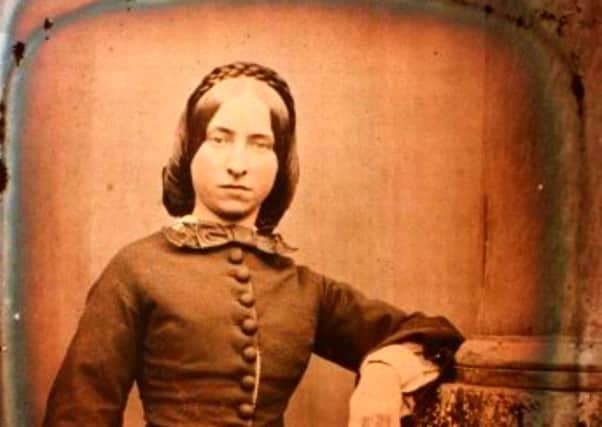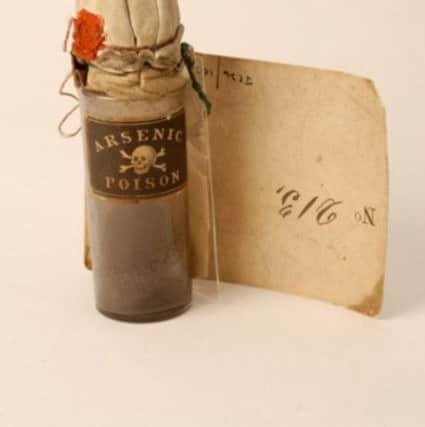Evidence from infamous 19th Century murder trial on show


Madeleine Smith, the daughter of a prosperous architect of Blythswood Square, was charged with fatally administering arsenic to her lover Pirerre Emile L’Angelier in 1857.
It was a trial that shocked Scotland given the details of their sexual affair which came to light in a series of secret love letters presented to the court.


Advertisement
Hide AdAdvertisement
Hide AdThe letters and various other items that formed part of the prosecution, including an arsenic bottle, forensic containers and a slice of cocoa cake in which the arsenic was allegedly sprinkled, will go on display at an exhibition at General Register House in Edinburgh from August 1.
Jocelyn Grant, outreach activist at National Records of Scotland, said the Victorian public had been “scandalised and excited” by the love letters presented during the trial given their “frank expressions of desire and affection”.
Ms Grant, in a blog post for National Records of Scotland, added: “In the context of her time, this was a shocking revelation as, although it was not unexpected that woman would enjoy sex, it was understood that this would and could only happen within the marital bed.


“While the tantalising story of a doomed romance ending in a possible murder still has an attractive hook for a story today, it is likely the ‘whodunnit’ element of Smith’s case which continues to capture the imagination.”
Advertisement
Hide AdAdvertisement
Hide AdA not-proven verdict was returned by the jury with Ms Smith going on to raise a family in the United States.
Ms Grant added: “While we cannot solve this murder mystery, we can offer a tantalising glimpse in to the Madeleine Smith archive, consisting of her declaration, letters, transcripts and the physical productions which were used in her trial.”
A lecture by Research Professor Eleanor Gordon, co-author of ‘Murder and Morality in Victorian Britain: The Story of Madeleine Smith’, will also be given on August 14 at General Register House at 11am.
Professor Gordon will examine the trial and life of Smith within the broader context of its time.
